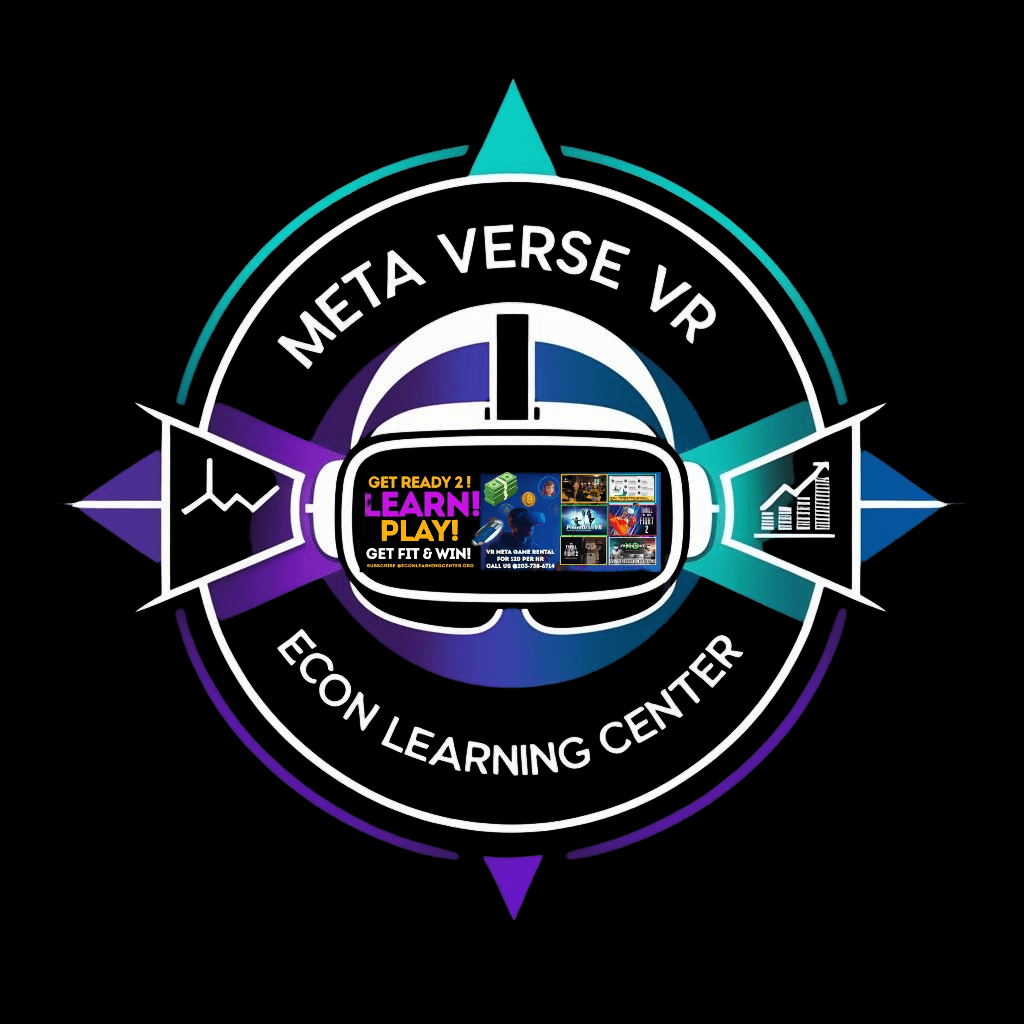- BOOK ME HERE
- About
- ENROLL HERE
- Schedule For Our Personal Financial Development 1 Year Course
- The Challenge
- ELC SHOP CLUB
- Credit Repair and Financial Education Services
- Watch Our Business Presentation
- Contact
- FAQ
- Econ Learning Center Blog
- Terms of service
- Econ Learning Center Channel
- Credit Secrets Live Tv
- ELC Meta Verse Vr Fitness ED Games
Interactive Learning: Using Technology to Engage Students
The Evolution of Classroom Learning
In recent years, the landscape of education has undergone a significant transformation. Traditional teaching methods are being supplemented, and in some cases replaced, by innovative technologies designed to enhance the learning experience. Interactive learning has emerged as a powerful tool in this evolution, offering students a more engaging and effective way to absorb information.
Gone are the days when students passively listened to lectures and took notes. Today, technology enables a more dynamic and interactive approach to education. This shift is not just a trend but a necessity in preparing students for a rapidly changing world.

Benefits of Interactive Learning
Enhanced Engagement
One of the most significant advantages of interactive learning is increased student engagement. When students are actively involved in the learning process, they are more likely to retain information and develop a deeper understanding of the subject matter. Interactive tools such as smartboards, educational apps, and virtual reality experiences can transform mundane lessons into exciting adventures.
Personalized Learning
Technology allows for a more personalized learning experience. Adaptive learning software can assess a student's strengths and weaknesses, providing customized lessons that cater to their individual needs. This personalized approach ensures that each student can learn at their own pace, making education more inclusive and effective.

Tools and Technologies in Interactive Learning
Smartboards and Interactive Displays
Smartboards have become a staple in modern classrooms. These interactive displays allow teachers to present information in a visually engaging way, making it easier for students to grasp complex concepts. Features like touch interactivity, digital note-taking, and multimedia integration make smartboards an invaluable tool for both teachers and students.
Educational Apps and Games
There is a plethora of educational apps and games available that make learning fun and interactive. These tools cover a wide range of subjects and skills, from math and science to language arts and social studies. By incorporating gamification into the learning process, students are motivated to achieve their educational goals while enjoying the process.

Challenges and Considerations
Access and Equity
While the benefits of interactive learning are clear, it is essential to address issues of access and equity. Not all students have the same access to technology, which can create disparities in educational opportunities. Schools and policymakers must work together to ensure that all students have the resources they need to benefit from interactive learning tools.
Teacher Training
Another critical factor is teacher training. Educators must be adequately trained to use new technologies effectively. Professional development programs and ongoing support are crucial in helping teachers integrate interactive learning tools into their curriculum successfully. Without proper training, the potential of these tools may not be fully realized.

Conclusion
Interactive learning represents a significant shift in the way education is delivered. By leveraging technology, we can create more engaging, personalized, and effective learning experiences for students. However, it is crucial to address the challenges of access, equity, and teacher training to fully realize the potential of these innovative tools. As we continue to embrace interactive learning, we are not only enhancing the educational experience but also preparing students for a future where technology plays an integral role in every aspect of life.
